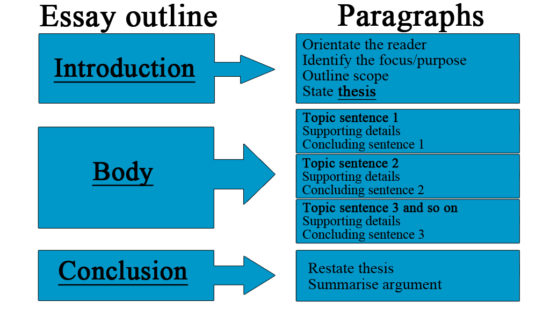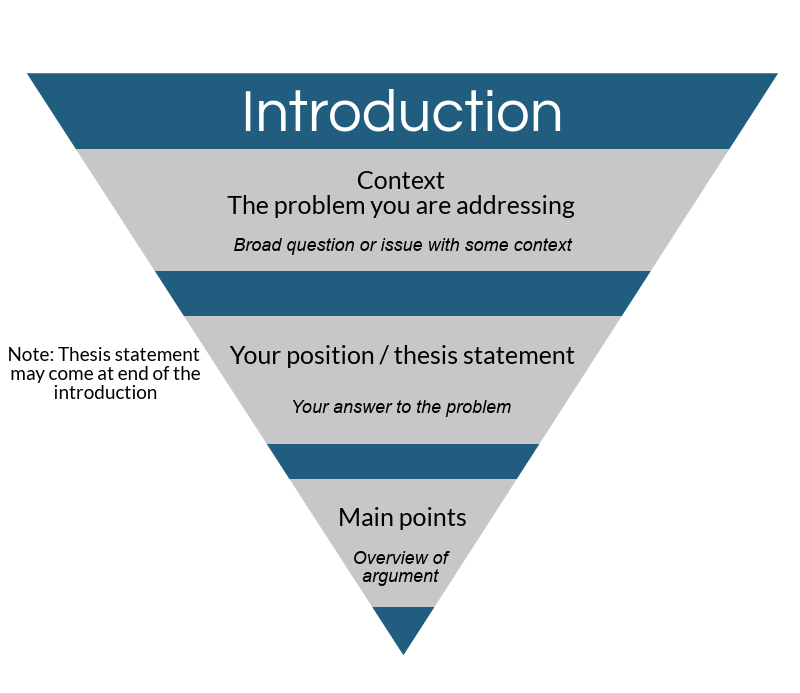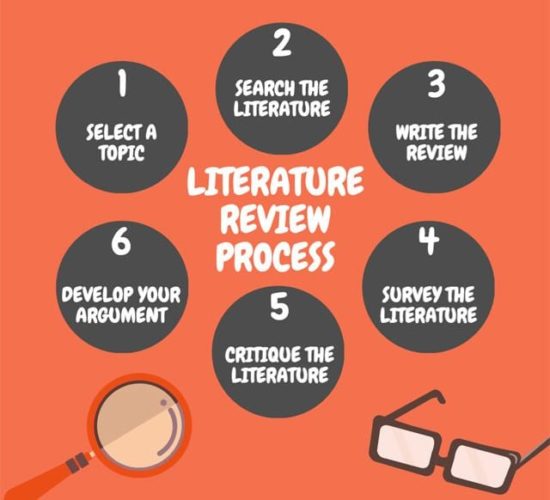Globally, a quite number of university students find writing a dissertation an uphill task, especially when they inexperienced. Unlike other academic papers, it is vital to note that crafting a thesis requires in-depth research and data analysis skills. Therefore, if you are unfamiliar with composing a research paper, don’t worry; we can help you with that. In this article, you will get a step by step guide on how to write and structure a dissertation.
How to Structure a Dissertation
A dissertation is a very critical research paper that you ought to write and submit as part of the requirements in getting a Ph.D., master’s, or bachelor’s degree. Due to its complexity, crafting it can be intimidating, particularly if you don’t know where to start.
It is crucial to note that how to structure a dissertation is based on various factors, such as topic, geographical area, the university, and the subject of study. For instance, if you are crafting a dissertation in empirical research, it should encompass sections, such as title page, introduction, literature review, methods, data analysis, discussion of results, recommendation, and conclusion. It is essential to note that the order of these sections varies from one country to another or from school to school. For instance, in some universities, the conclusion may come before the discussion.
If you want to know how to write a dissertation as per the recommended structure of your school, consult your supervisor or check your department’s guidelines.
Dissertation Writing Process
The dissertation writing process starts from topic selection, research proposal writing, and approval, data collection, data analysis, discussion of research findings, recommendations, and conclusion. If you want to familiarize yourself with writing a dissertation sample, it is vital to visit Peachy Essay’s website to view a variety of documents.
Crafting a dissertation is a rigorous process, and it requires a lot of patience while researching content from various sources. Reports indicate that the majority of students start the process very well but fail to complete it due to several factors, such as lack of time, inadequate research funds, and poor writing skills.
For you to compose an excellent dissertation, you must devise a solid introduction. As you go on with your thesis writing, it is crucial to bear in mind that the way you introduce your paper matters a lot to your audience. An excellent introduction must incorporate essential aspects, such as your research topic, objectives/hypotheses, limitation of the study, the scope, and many more.

Chapters of a Dissertation
Before we discuss the chapters of a dissertation, you need to ask yourself, “what is a dissertation?” A dissertation is a final requirement of accomplishing your bachelor’s, master’s, or doctoral degree. To embark on your thesis writing, you must complete and pass all the coursework.
The following is a highlight of the various chapters used in a dissertation.
-
Chapter One – The Introduction
The introduction gives a highlight the research topic, the purpose of the study, and the significance of the research. Also, it shows the readers’ expectations in the remaining part of the dissertation. A good introduction should have the following parts.

-
A research topic
Ensure that you give sufficient background information to provide an overview of your research problem. Also, you need to highlight past studies that are related to the issue you are currently investigating.
-
The scope of the study
In the introduction, you need to inform readers about what you are researching on, the area of your study, and your research timelines.
-
Significance of the study
It is vital to state explicitly why the research is significant and how it will benefit various stakeholders. In this section, you may also highlight the practical reasons that are compelling you to seek answers to the research questions.
-
Existing research
In this chapter, you are supposed to review and critically analyze studies that are related to the topic you are handling. As you evaluate the previous research, ensure that you only include those that are relevant to your problem.
-
Research objectives and questions
Research objectives show the reason why you are conducting the study. Ensure that the goals you are using are measurable. Also, if your school requires you to include the research questions, you can formulate them from the research objectives and state them clearly. Ensure that the questions you use show the relationship between variables and can be tested empirically.
-
Overview of your dissertation structure
You need to clearly present the outlines of your dissertation to enable your audience to know what to expect in the rest of the paper.
-
Problem statement
If you want your problem statement to come out clearly, first, highlight the purpose of research, and then bring out justifications that can reveal the nature of the problem.

Chapter Two – Literature Review
In this chapter, you are supposed to review all the existing literature that is relevant to the topic you are studying. The following is a highlight of the components of the literature review.
-
Background information
As you do the review, ensure that you arrange past related studies in chronological order. Chronology implies that you evaluate the documents based on their year of publication. In this case, you may start with the oldest year and end with the latest. From the reviews, highlight the primary issues affecting your study and ensure that all the variables have background information.
-
Relevant theories
In this section, you are supposed to give an overview of the assumptions that underpin your study. Before you select the appropriate models for your research, evaluate competing theories, and then validate the theoretical foundation of your dissertation. It is vital to describe how each theory relates to your research problem.
-
Empirical literature
Empirical literature refers to past studies that are related to the topic that is being researched. Ensure that you highlight the literature that relates to the variable under investigation. Also, discuss the strengths and weaknesses of the methodologies used in the previous studies and show how you can improve on them.
-
Conceptual framework
A conceptual framework comes last after the literature reviews. The purpose of this framework is to show the relationship between the different types of variables used in the study.
Chapter Three – Methods
After conducting literature reviews, you can now design your research approaches. In this chapter, you are supposed to show the research design you will use to do your study. Also, explain why you have chosen the design.
It is crucial to understand that the majority of the professors use the research methods to gauge the extent of the learners’ research skills. Therefore, as a researcher, it is essential to know which methods to use, why you are using them, and how to deploy them.
The following is an overview of important aspects in the methods.
-
Research design
Research design is a blueprint or a plan showing how you will conduct and complete your study. It is vital to note that the design you select is based on the type of research you are carrying out. For instance, a descriptive research design is usually used when you want to describe and explain the characteristics of study variables.
The following is a description of the commonly used designs.
-
Descriptive
This design is used to explain the characteristics of a particular phenomenon. You may use this approach when conducting a survey or a case study.
-
Correlational design
A correlational design is used when you want to establish the strength of a relationship existing between variables.
-
Experimental
An experimental design is applicable when the intended research requires some practical experiments. These practices may be controlled, field, or quasi-experiments.
-
Review
A review is a method that is applicable in an instance where you have no intention of conducting empirical research. The most commonly used reviews include systematic and literature reviews.
-
Exploratory research design
Exploratory research design is used when you want to conduct a preliminary study to establish the exact nature of the problem to e addressed.
-
Procedures
Ensure that you describe the procedures appropriately so that anyone can replicate your study if they want to do that. The methods used are based on the kind of research to be done. For instance, if you are carrying out a survey, ensure that you indicate aspects, such as the data collection method and the respondent’s consent.
-
Data analysis
Data analysis is conducted to test the research hypotheses. Before you analyze your data, clean it and then enter the statistical software, such as SPSS. After data entry, run the analysis, and check whether your research questions have been answered.
Chapter Four – Results
This chapter presents the findings arising from data analysis. Note that in this section, you are supposed to present and describe data but not to discuss them. It is essential to bear in mind that in some universities, you may be required to present and, at the same time, discuss the results.
The order of presentation is based on several aspects. For instance, first, you may use descriptive statistics, such as means and standard deviations. Second, in case you want to answer the hypotheses, it is advisable to present the results of statistical analyses.
It is vital to note that the presentation of results may be done using frequency tables, pie-charts, and graphs. Ensure that the tables and figures you use have sufficient information describing them, and place them in the right place after they are mentioned in the text.
Chapter Five – Discussion
In this chapter, results are interpreted and then compared to other past related studies. Also, limitations and suggestions for further research are presented here.
The following is a highlight of some of the sections used in this chapter.
-
Summary
In this section, you are supposed to summarize the findings and then discuss the results using simple terms that are non –statistical. Most importantly, you need to answer the research questions/hypotheses.
-
Conclusions
Conclusions should be arranged using headings. Discuss the implications of your research findings and link your results to past studies. Also, connect the findings to the theories used in your research.
Moreover, it is crucial to show whether your outcomes are consistent or inconsistent with the previous studies. Moreover, indicate whether your findings support or disagree with the theories anchoring your study.
-
Limitations
Limitations refer to weaknesses that are beyond the researcher’s control. Indicate the kind of handicap you are likely to experience in the course of your study.
-
Recommendation for future research
After the discussion, it is vital to suggest for further studies to enable other researchers to conduct investigations based on your opinion.
All You Need to Know About Dissertation Format
Formatting a dissertation is not a straight forward thing. A quite number of doctoral students find it hard to edit their thesis documents to conform to the right styles as per their college requirements.
If you want to get a high-quality dissertation format, it is crucial to contact professional writers for help. The following is a highlight of what this formatting entails.
- Tables and figures are created or reformatted as per the required style
- Table of contents, list of tables, and list of figures are automated
- In-text citations and references are adjusted to conform to the style manual
- The document is set based on margins, pagination, headers, running heads, etc.
- Punctuations, fonts, indentation, and block quotes are put in order.
What is included in a dissertation?
Before you start crafting a dissertation, you need to understand its components. Usually, a thesis comprises of the following.
- Title page
- Declaration page
- Dedication
- Acknowledgement
- Abstract
- Table of contents
- List of tables
- List of figures
- The core chapters
- References
- Appendix
You need to bear in mind that each university has its own style of writing a dissertation and, therefore, consult your supervisor to find out about the guideline you are supposed to use.
Steps to Complete a Dissertation
Thesis writing is a rigorous process, and the following are the steps to complete a dissertation.
-
Writing a premise
A premise is a brief document regarding your research topic and the methods you are likely to use in your research. It entails a brief introduction and the research methodologies.
-
Assignment of committee
After the approval of your premise, you are assigned about three members of a research committee to guide you through the research process. At this stage, a doctoral student is given a prospectus to guide them on research writing.
-
Research proposal development
A dissertation proposal entails the first three chapters of the research process – introduction, literature reviews, and methods. For you to write a sound proposal, you must consult a dissertation checklist for guidance and also seek advice from your supervisory committee members.
Once a student feels that they have completed working on the proposal, they are supposed to do self-evaluation through a dissertation checklist and Turnitin. After that, you are required to submit the document to your research committee for further evaluation.
-
Review of the proposal by the university
If the proposal document is approved by the student’s supervisory committee, it is transferred to the relevant department at the University for Scrutiny. If it is okay, it is approved to pave the way for the student’s oral presentation.
-
Oral presentation
During the oral presentation, you are supposed to defend your research work before the committee. The purpose of this presentation is to confirm the student’s research methods and to clarify any concerns from the committee members.
-
Data collection
If your proposal is approved at the defense level, you are given the authority to collect data. You may either collect primary or secondary data. The collection process may take between 1-2 months, depending on your sample size and the number of research questions used.
-
Data analysis
Once you finish collecting all the data, you are supposed to clean it to eliminate or rule out the presence of outliers. After that, data analysis is conducted using the appropriate software, such as SPSS.
-
Report writing
Report writing encompasses using the results to craft the rest of the chapters – chapters four and five.
-
University review and approval
Once you complete your dissertation report, you are supposed to present it to the University for Review, participate in oral presentation, approval, and make the final submission.
The Best Dissertation Examples
If you are looking for dissertation examples, don’t go further than this. Visit Peachy Essay website and review a variety of high-quality samples.
Dissertation Conclusion
A dissertation conclusion is a very crucial section in your thesis. A quite number of researchers only read this part when reading such a document. The conclusion is a summary of your research findings presented based on the different variables in your study.
Final Thoughts on How to Write and Structure a Dissertation
Dissertation writing can be a tough task if you have inadequate research skills and are not conversant with its structure. In case you need guidance on how to craft your dissertation, please contact us.


